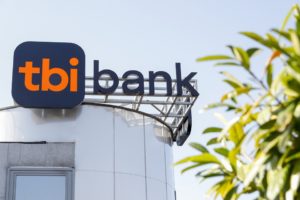Colliers: Romanian land market remains above pre-pandemic levels, ending 2023 on a strong note

The volume of land sales for commercial real estate projects in Romania (excluding for industrial and logistics projects) declined by less than 10% from the 2022 level of 450 million euro, and remains considerably above pre-pandemic levels, according to Colliers estimates.
The start of the year and the final months of 2023 contributed significantly to a solid year in the land market, with the middle quarters seeing a slowdown in activity. The performance is great, given the challenges in some areas of the commercial real estate market with higher construction costs than a few years ago, says Sinziana Oprea, Director Land Agency at Colliers Romania, who also expects a good 2024, given both investor interest and the current pipeline of deals.
“It is quite thrilling to see the investors’ enthusiasm regarding Romania’s long-term potential. Currently, the country and its real estate sector face a lot of challenges. From the much higher construction costs than a few years ago to uncertainties about the economy or about the global geopolitical scene to the high interest rates to the usual doubts that accompany an election year. In spite of this backdrop, last year saw a bit over 400 million euro in land sales for commercial real estate projects, a comfortable level compared to the 300-400 million euro per year recorded before the pandemic”, explains Sinziana Oprea, Director Land Agency at Colliers Romania.
Colliers estimates only include deals for commercial real estate projects excluding industrial and energy projects. 2023 started on a softer note and largely marked the closing of some long-pending deals, but investors continued well into the final months of the year as some wanted to close deals by end of 2023 for tax purposes while others looked for cash flow efficiency. Overall demand for new deals was lower than in previous years, but last year’s results were supported by some transactions that were in the pipeline for a long time and eventually closed.
About 70% of the land traded comes from Bucharest and its surroundings. Looking specifically at the volume in Bucharest, Colliers consultants noted that half of the transactions came from residential developments, a quarter from retail, and the rest from various types of investors (office, educational, medical) or simply speculative buyers. In the rest of the country, residential also accounted for about half of the volumes, with retail representing most of the difference. Thus, retail transactions were down compared to previous years.
The most active buyers were One United, Speedwell and Kaufland, and it is noteworthy that, unlike in previous years, another quite active buyer was the Romanian state, via different entities, which exercised its option to acquire certain strategic platforms in big cities such as Brasov, Sibiu, Iasi.















